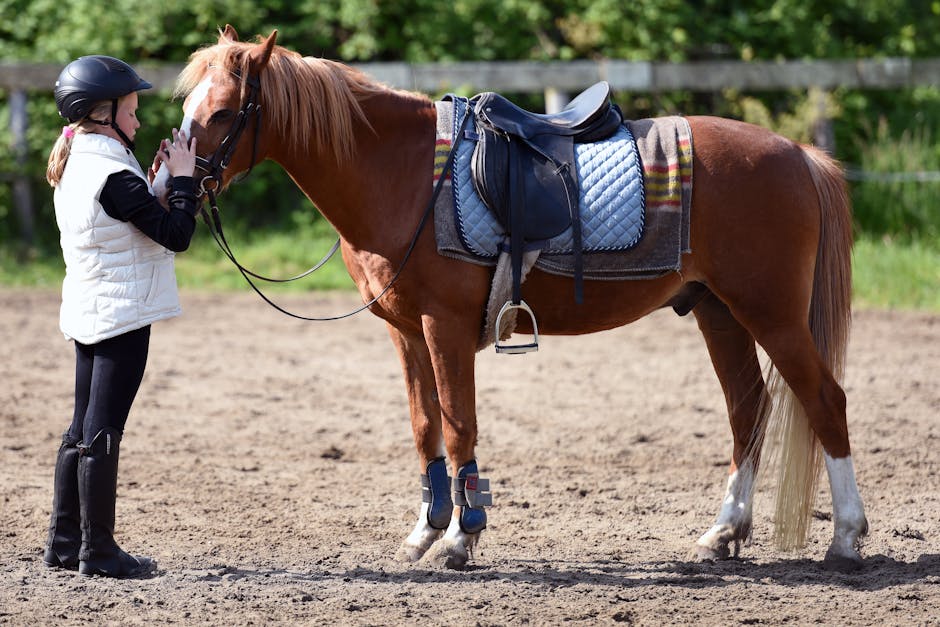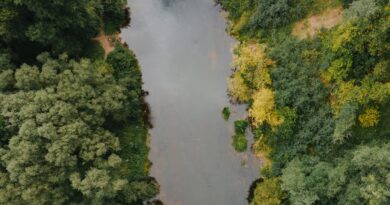How to Track Animal Populations Effectively
Animal populations play a crucial role in maintaining the balance of ecosystems. Monitoring and tracking these populations are essential for conservation efforts, understanding biodiversity, and predicting environmental changes. However, effectively tracking animal populations can be a challenging task that requires a combination of innovative techniques, advanced technology, and scientific expertise. In this comprehensive guide, we will delve into the various methods and approaches used to track animal populations effectively, exploring the tools and strategies that researchers and conservationists employ to gather valuable data.
The Importance of Tracking Animal Populations

Before we delve into the techniques used to track animal populations, let’s first understand why monitoring these populations is so crucial. Tracking animal populations provides valuable insights into the health of ecosystems, species distribution, migration patterns, and the impact of human activities on wildlife. By monitoring animal populations, researchers can identify trends, assess population dynamics, and make informed decisions about conservation strategies.
Furthermore, tracking animal populations helps in assessing the effectiveness of conservation efforts, monitoring endangered species, and understanding the ecological relationships between different species. It also allows for the early detection of population declines or threats, enabling prompt intervention to prevent further decline or extinction.
Subheading 1: Traditional Tracking Methods

One of the oldest and most traditional methods of tracking animal populations is through direct observation. Researchers and field biologists often spend hours in the field, observing and recording animal behavior, population sizes, and distribution. This method, although time-consuming, provides valuable firsthand data that can offer insights into animal populations.
Another traditional tracking method involves tracking animal footprints, scat, and other signs of wildlife presence. By studying these clues, researchers can estimate population sizes, track movement patterns, and identify individual animals. This method is particularly useful for tracking elusive or nocturnal species that are difficult to observe directly.
Subheading 2: Technological Advances in Animal Tracking

With the advancement of technology, tracking animal populations has become more sophisticated and accurate. One of the most commonly used technologies is radio telemetry, which involves attaching radio transmitters to animals and tracking their movements using receivers. This method allows researchers to monitor animal behavior, movement patterns, and habitat use in real-time.
Another innovative technology used for tracking animal populations is GPS tracking. GPS collars or tags are attached to animals, allowing researchers to monitor their precise locations and movements. This technology provides detailed data on animal behavior, migration routes, and habitat preferences, enabling researchers to make informed conservation decisions.
Subheading 3: Camera Traps and Remote Sensing

Camera traps have revolutionized the way researchers track animal populations, especially in remote or inaccessible areas. These motion-activated cameras capture images and videos of wildlife, providing valuable information on species presence, behavior, and population sizes. Camera traps are particularly useful for monitoring elusive or nocturnal species that are difficult to observe directly.
Remote sensing technologies, such as satellite imagery and drones, are also used to monitor animal populations. Satellite imagery can be used to track changes in habitat, detect deforestation, and assess wildlife populations from a bird’s eye view. Drones, on the other hand, can be used for aerial surveys, wildlife monitoring, and population counts in hard-to-reach areas.
Subheading 4: Citizen Science and Collaborative Monitoring
Citizen science initiatives have become increasingly popular for tracking animal populations, engaging the public in wildlife monitoring and conservation efforts. Citizen scientists can contribute valuable data by reporting wildlife sightings, monitoring local populations, and participating in research projects. This collaborative approach not only helps in gathering large amounts of data but also raises awareness about wildlife conservation among the public.
Subheading 5: Data Analysis and Population Modeling
Collecting data on animal populations is only the first step. Analyzing this data and modeling population dynamics are essential for understanding trends, making predictions, and formulating conservation strategies. Population modeling techniques, such as mark-recapture analysis, population viability analysis, and spatial modeling, are used to estimate population sizes, assess population trends, and predict future dynamics.
Data analysis tools, such as Geographic Information Systems (GIS) and statistical software, are also used to process and analyze large datasets on animal populations. These tools help researchers visualize data, identify patterns, and make informed decisions based on scientific evidence.
Subheading 6: Challenges and Considerations
While tracking animal populations has advanced significantly in recent years, researchers face several challenges and considerations. Privacy concerns, ethical considerations, data security, and the impact of human disturbance on wildlife are important factors to consider when tracking animal populations. Researchers must also ensure that tracking methods do not harm or disrupt the animals being monitored.
Additionally, the cost of implementing advanced tracking technologies, the need for specialized training, and the logistical challenges of tracking animals in remote or challenging environments can pose hurdles for researchers. Overcoming these challenges requires collaboration, innovation, and a deep understanding of the complexities of tracking animal populations.
Subheading 7: Future Directions and Innovations
As technology continues to evolve, the future of tracking animal populations looks promising. Advances in AI and machine learning are revolutionizing data analysis, enabling researchers to process vast amounts of data quickly and accurately. Integrating genetic techniques, such as DNA analysis and genomics, into tracking methods can provide valuable insights into population genetics and relatedness.
Furthermore, the development of non-invasive tracking methods, such as acoustic monitoring and thermal imaging, offers new possibilities for monitoring animal populations without direct contact. These innovations hold great potential for improving our understanding of wildlife populations and enhancing conservation efforts in the future.
Common Misconceptions
One common misconception about tracking animal populations is that it is a simple and straightforward process. In reality, tracking animal populations requires a multidisciplinary approach, combining field skills, technological expertise, and scientific knowledge. It is a complex and nuanced process that requires careful planning, data interpretation, and collaboration among researchers and stakeholders.
Conclusion
To wrap things up, tracking animal populations effectively is a critical component of wildlife conservation and ecosystem management. By using a combination of traditional tracking methods, advanced technologies, and collaborative approaches, researchers can gather valuable data on animal populations, monitor trends, and inform conservation decisions. As we look to the future, continued innovation, research, and collaboration will be key to ensuring the long-term sustainability of animal populations and the ecosystems they inhabit.
Remember, every effort to track animal populations, no matter how small, contributes to our collective understanding of wildlife and helps us protect these valuable species for future generations.




